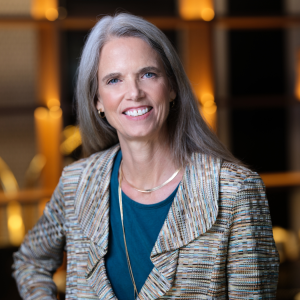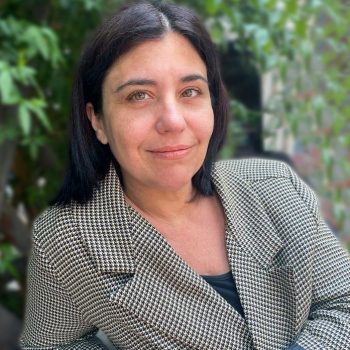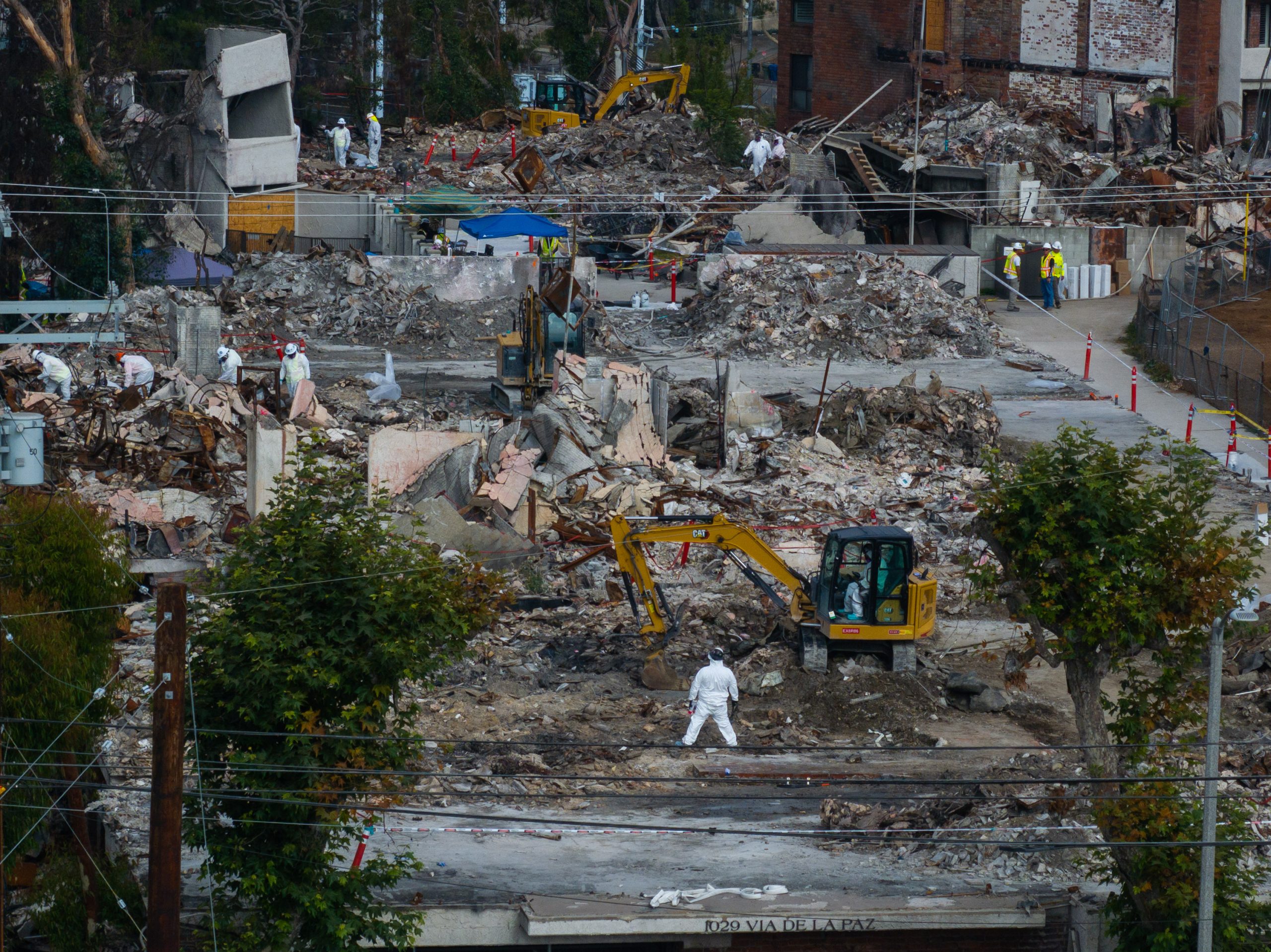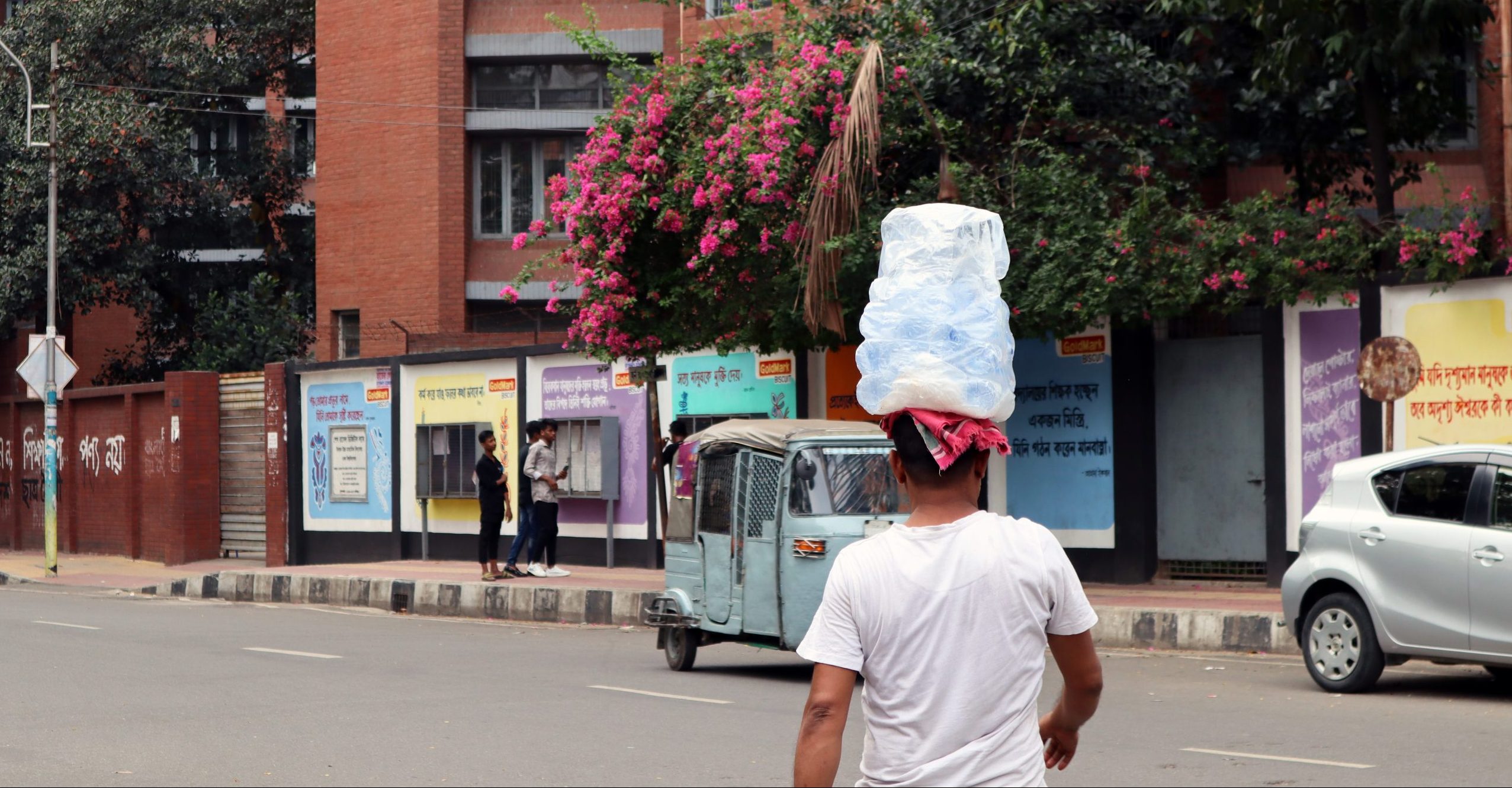What is a Chief Heat Officer?
Extreme heat poses great risks to cities and will continue to grow more dangerous each year. Cities are already hotter than surrounding areas due to the urban heat island effect, and as urban population growth continues to rise, so too will the number of people impacted by this threat. By 2050, heat waves will affect more than 3.5 billion people worldwide – half of them living in urban centers—affecting human lives and livelihoods.
To address this danger, the Climate Resilience Center created and piloted the world’s first Chief Heat Officer (CHO) positions. These officials are responsible for unifying their city governments’ responses to extreme heat. They are charged with accelerating existing heat protection efforts and initiating new work to reduce the risks and impacts of extreme heat for their residents and constituents.
Our center works hand-in-hand with the CHOs to identify, develop, and implement strategies and priorities, accelerating heat resilience in the short term, and laying a foundation for sustained resilience in the medium, and long term.
Why do cities need Chief Heat Officers?
Climate change is amplifying the “heat island effect,” where cities are often several degrees hotter than nearby rural areas. This is caused by materials prevalent in urban environments, like concrete and metal, absorbing and radiating heat, and exacerbated by limited green public spaces, which would help cool communities.
About 20 percent of the most populated cities in the world could warm by more than 4°C by 2050 and about 25 percent could warm by more than 7°C by 2100. This will have a profound impact on the people living there. By the year 2050, heat waves are forecast to contribute to nearly 1.6 million fatalities, many of which will be concentrated in cities. Furthermore, the average city could lose about 1.4–1.7 percent of GDP by 2050 and 2.3–5.6 percent of GDP by 2100 to heat-related losses, and the worst-off cities could lose 10.9 percent of GDP to heat by 2100.
What does a Chief Heat Officer do?
Chief Heat Officers are appointed by local officials who have made heat action a priority for their government. While many city government departments oversee heat wave-related preparedness and recovery, they often lack a unified response which would enable them to identify and target the most pressing problems most effectively. This can make it difficult to align efforts with other active stakeholders. Having a dedicated official to coordinate the distinct efforts inside city government and across the private sector and civil society breaks down siloes.
When mayors or other leaders appoint this role and deliver appropriate resources, they are investing in a more resilient future. Around the world, our Chief Heat Officers help people prepare for and respond to the climate crisis.
Meet our Chief Heat Officers
Since the first CHO was appointed in 2021, these climate leaders have taken critical action in their respective cities. They have spearheaded projects that range from installing cool pavements to categorizing heat waves. Through their advocacy and project implementation, they are critical to increasing urban populations’ resilience.

Global Chief Heat Officer
Eleni Myrivili
Established in partnership with UN-Habitat, the Global Chief Heat Officer supports efforts within UN-Habitat and UNEP to elevate the profile of extreme heat internationally. She advocates for sustainable urban planning, resilience policies, and international collaboration to create cooler, safer cities.

Chief Heat Ambassador
Jane Gilbert
The role was established to support national-level efforts to drive heat resilience responses, solutions, and policies across the United States. Working with the Climate Resilience Center, the Chief Heat Ambassador advocates for and advances efforts within the center and across its partners.












